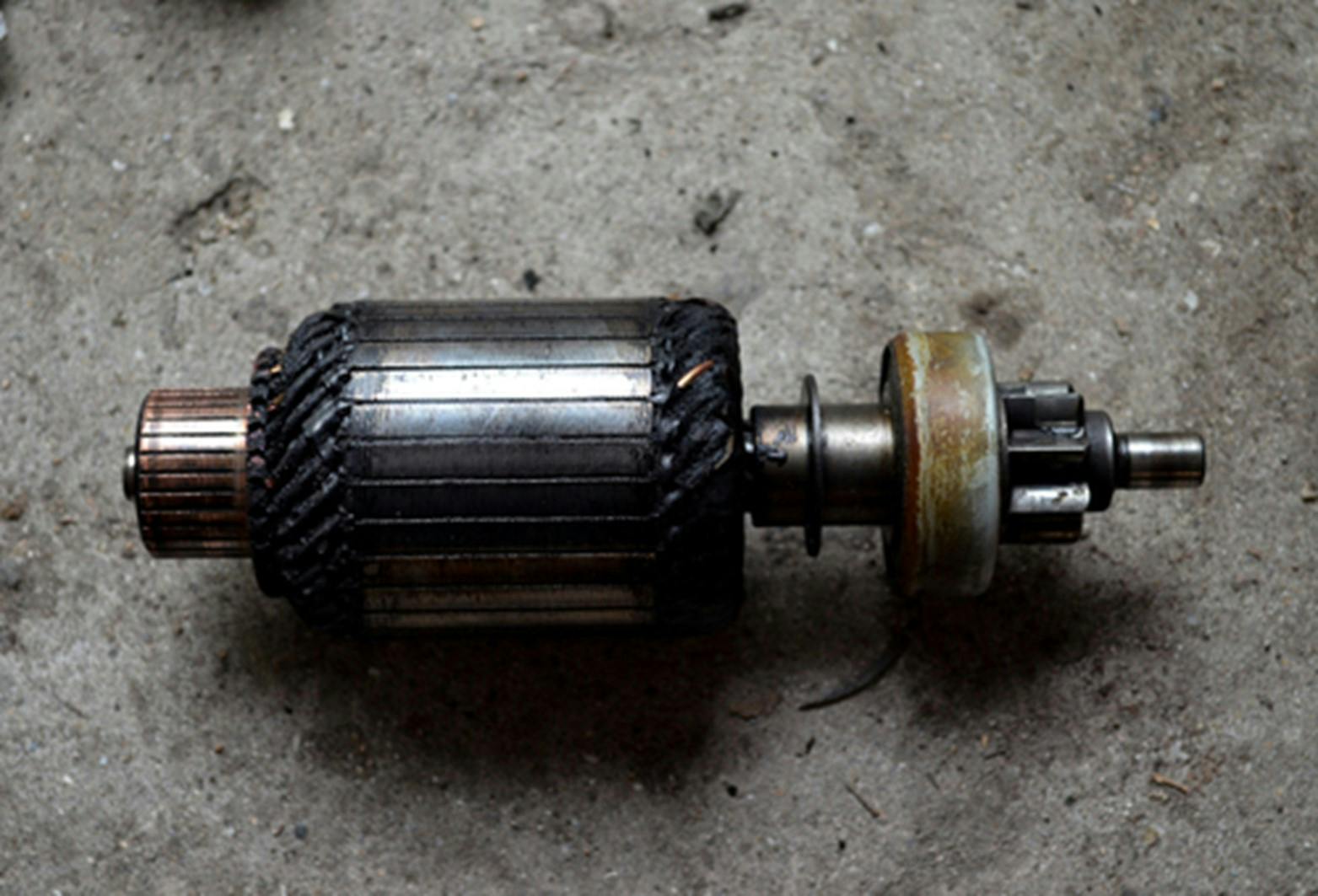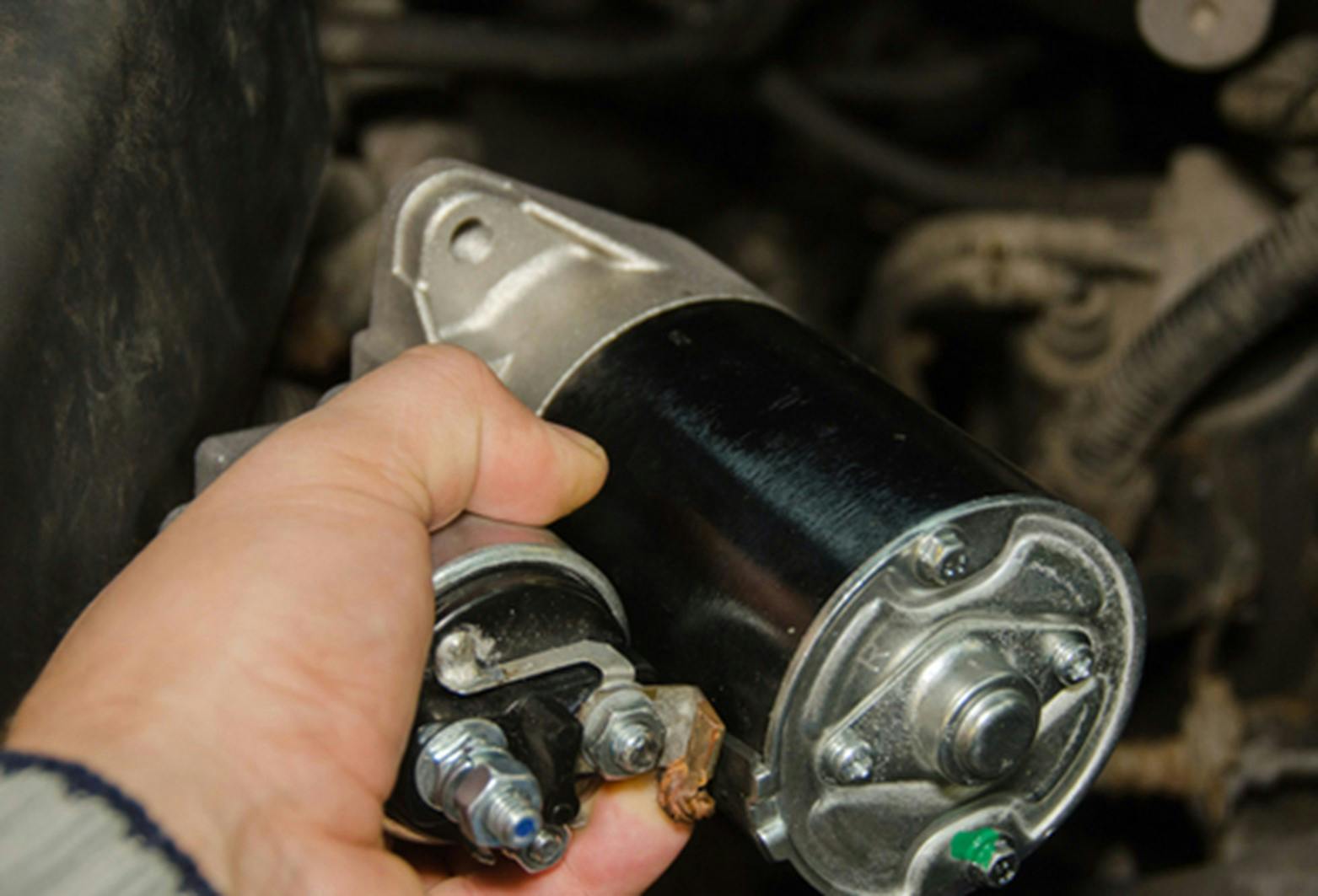How and why do starter motors fail?

While car starter motors are robust and reliable, there are several reasons why starters fail. Perhaps the most important reason is the fact that starters are not service items, meaning that they are expected to work until they fail.
Nonetheless, and although starters come in different sizes, designs, and capacities, most starters fail in similar ways, and largely for the same reasons. Let us look at some of the most common reasons why starters fail, starting with-
Nonetheless, and although starters come in different sizes, designs, and capacities, most starters fail in similar ways, and largely for the same reasons. Let us look at some of the most common reasons why starters fail, starting with-
Excessive mechanical wear
The most common wear items in starter motors are the two phosphor bronze bushes that support the armature. The bushes are lubricated during manufacture or reconditioning, and there is no way to lubricate them after installation.
As a practical matter, these bronze bushes do not wear much when the motor is in operation. Most wear occurs when power is removed from the starter. This might sound strange, but when the starter motor is cranking the engine, it only rotates as fast as the engine until the engine starts.
When power is removed from the starter the motor speeds up for a moment, which causes the most mechanical wear on the bronze bushes.
Bronze bushes that are worn too much cause the armature and the field coils to come into direct contact. This can cause-
Short circuits
Short circuits occur when electrical currents cannot return to the battery via a proper ground point. The current tries to return to the battery via another live path, hence the term, “short- circuit”.
The most common cause of short circuits is a breakdown of the insulation around the copper wire windings. This can happen when the starter cranks the engine for too long, and the starter overheats. Note that this is a common cause of short circuits and starter motor failure on diesel vehicles.
Other causes of overheating include excessive battery power, such as when the vehicle is jump-started with a large battery. Severe overheating can also happen when the starter does not disengage from the flywheel after the engine starts.
Brush failure
Starter brushes are small, spring-loaded parts that transfer the battery current to the armature. When the motor is in operation, the brushes contact each segment on the armature in turn as the armature rotates to supply power to the armature continuously.
However, since the metal alloy the brushes are made from is soft, friction eventually wears the brushes away until they can no longer contact the armature. When this happens, the battery current cannot pass into the armature, and therefore, the starter will not work.
Excessive wear of the brushes will cause the starter to stop working. However, this is not so much a failure of the starter as it is a result of the normal operation of the motor. Brushes can be replaced on their own, but the only way to do it is to disassemble the starter.
Starter motor wiring
Car starters do not have much internal wiring. The wiring it does have is mostly in the armature and field coil windings, which are well protected. Thus, the only damage the windings are likely to suffer is through short circuits when the insulation around the wire breaks down. This usually only happens when the starter overheats.
Starter relay failures
Starter relay failures are perhaps the most common cause of electrical issues that cause starters to stop working. In practice, starter relay failures usually do not damage the starter, and repealing the relay will get the starter working again.
Battery cable failure
Battery cable failures are common on car batteries that are not serviced regularly. If acid accumulations are not removed, the acid can cause the strands in the battery cable terminal to fray and break. Over time, this condition can create a loss of electrical continuity in the battery cable, and cause the starter to stop working. Replacement of the affected battery cable is the only reliable remedy.
Mechanical failure
While purely mechanical failures are rare, they do happen. Common mechanical failures include failure of the one-way clutch in the bendix, or in the mechanical linkage that connects the solenoid spindle with the bendix.
In these cases, the motor cannot transfer power to the flywheel, or the bendix cannot disengage from the flywheel. The last condition is serious because the flywheel now drives the motor. For instance, if the engine runs at 1000 RPM the starter motor will spin at several thousand RPM.
If the engine is not switched off immediately, the starter can disintegrate. This can cause serious and sometimes fatal damage to the flywheel or torque converter if the vehicle has an automatic transmission.
Gearbox failure
Some starters contain a small reduction gearbox to increase the motor’s torque without increasing the starter’s weight and size. This type of starter is common on diesel engines, although some petrol engines also use these designs.
As with bronze bushes, the gears in the gearbox cannot be inspected or lubricated without removing and disassembling the starter. Thus, excessive wear or damaged gear teeth usually goes undetected until one or more gears fail, meaning the starter motor cannot crank the engine.
Does auto stop wear out starter motors?

Systems that switch off and restart engines automatically during periods of idling are becoming more common every year. Therefore, it is reasonable to ask if stop-start systems do not wear out starters quicker than those on "normal" cars.
The short answer is, no- stop-start systems do not wear out starter motors, because stop-start systems do not use “normal” starters. Starter motors on stop-start systems are designed and built to cope with the increased demands of more frequent engine starting. Here are some of the main differences between stop-start starters and conventional starters-
- Stop-start starters support the armature shaft with needle bearings, instead of with bronze bushes. This feature greatly reduces friction
- Stop-start starters spin at lower speeds than conventional starters do to reduce mechanical wear of rotating and moving parts
- Stop-start starters are typically fitted with reduction gearboxes to increase their torque output. This also reduces the current they need to work
- Stop-start starters receive battery current through two separate circuits. One dedicated circuit supplies the solenoid, while another dedicated circuit supplies the motor. The advantage of this arrangement is that the motor is always supplied with full battery power. Conventional starters must share battery power between the starter motor solenoid and the motor through a single circuit
- Conventional engines start on cylinder #1, meaning that the engine might have to spin at least twice before it starts. Engines with stop-start systems detect the next available cylinder that is closest to a start position. Therefore, a stop-start engine can start within a fraction a revolution, which greatly reduces the load on the motor.
As a practical matter, failures of stop-start starters are rare. Of course, this does not mean that stop-start starters never fail. It just means that stop-start starters are as reliable as any conventional starter. In fact, in many cases, they are more reliable than conventional starters because of the way they are designed and built.
